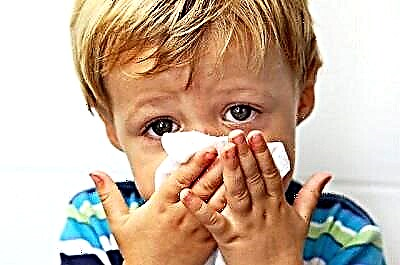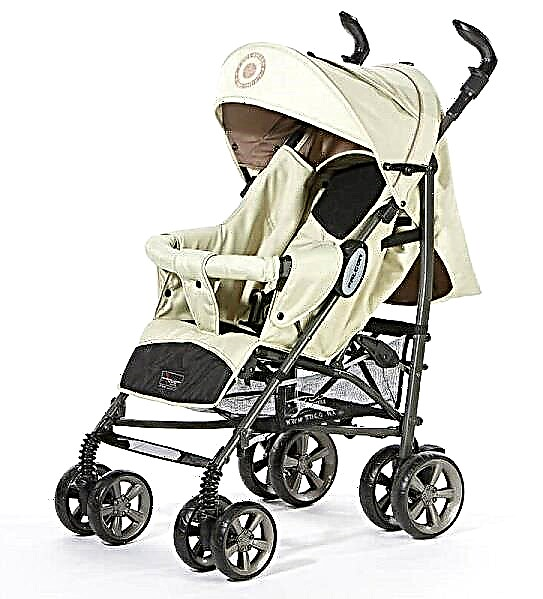The growth and development of a newborn is a whole adventure for his parents. The first smile, the first attempt to roll over and the first tooth - everything is of great importance for family members. While most innovations are undeniably positive, teething is almost always associated with widespread anxiety.

Teething
Features of the growth of teeth in infants
Milk teeth begin to form even before the baby is born. The state of the enamel and its strength are laid in utero - the accumulation of mineral salts in the tissues of the baby's future teeth occurs while the woman is still pregnant. It has been proven that the quality of the teeth depends on how the pregnancy proceeded.
There are statistics on the appearance of milk teeth in babies, but you should not treat it as a mandatory development algorithm. Each child is an individual, the growth of his teeth can differ significantly from the average statistical indicators in terms of six months, which is not a sign of any disease.
Interesting. In medical practice, there are cases when absolutely healthy babies are born with the first two lower incisors.
There is a very rare developmental pathology when the embryos of future teeth do not initially form in the jaw of the fetus. In this case, neither milk nor permanent teeth will grow in a person. Modern dentistry is capable of helping in such a situation, successfully saving people of different ages with the help of prosthetics and other technologies. A very rare diagnosis can be confirmed or refuted with an X-ray of the jaw.
Symptoms of Teething in Babies
Many people have heard about how babies' teeth grow, even those who have no children. However, not everyone can recognize the process that has begun. Parents constantly look into the baby's mouth in search of the reason for his capricious behavior.
For the first time, adults begin to talk about children's teeth when the baby is 3 months old. The reason for this is the active beginning of the work of the salivary glands. From about this age, children have profuse salivation. In addition, the baby masters his body and begins to taste his fists from about 3 months. This behavior prompts parents to think about the imminent appearance of teeth.
Not all children tolerate the eruption process painfully, for most it does not go asymptomatic:
- gums significantly increase in size, swell and become a rich crimson color;
- body temperature may rise, rarely exceeding 37.8˚C;
- runny nose is possible;
- a sharp change in the child's mood in a negative direction, often immediately after he took an object in his mouth;
- night crying;
- irritation of the chin skin due to increased salivation.

Swollen gums
Attention! A runny nose due to swollen gums can provoke a cough when the baby takes a horizontal position. This is due to the fact that mucus, flowing down the back of the pharynx, irritates the cough receptors.
Tooth growth sequence
The order of growth of teeth in infants is usually written in the form of a formula. Each tooth has its own serial number, respectively, the location scheme. They are numbered from the center of the jaw, that is, the central incisors are called units: on the lower jaw there are two teeth numbered "1" and on the upper jaw there are also two "units", from which the counting starts to the left and right from the center.
The first to appear are the two central incisors on the lower jaw. This most often occurs between 6 and 10 months of age. From about 8 months of age, the upper gums usually begin to swell and two upper incisors appear. These teeth are the most painless, rarely erupt, accompanied by fever and rhinitis.

Teething scheme
At the age of 10 months, as a rule, 2 upper lateral incisors appear, in the formula they are numbered in two on the upper jaw. Their appearance also usually does not cause much trouble. Closer to the year, the lower lateral incisors will erupt. Thus, the average baby already has 8 teeth by his first birthday: 4 on top and 4 on the bottom.
The most painful are the first and second molars. It is their appearance that affects the general condition of the child, accompanied by:
- general weakness;
- tearfulness;
- an increase in body temperature;
- rhinitis;
- refusal to eat.
Additional Information. The growth of a baby's teeth in a different sequence does not mean that the baby is unwell. Even their complete absence at the age of one year is not a sign of pathology, but a kind of norm. The given sequence and timing of the appearance of teeth is just the most common pattern in the mouth of a growing baby.
Teething aid
Young mothers talk more often about how the upper teeth in babies grow than about the appearance of the lower ones, because although they do not bring much concern, they still do not grow painlessly. When the first symptoms of mouth discomfort appear in a child, you should think about how to help him cope with the discomfort. A modern mother can arm herself with the following tools:
- silicone teethers;
- gels based on lidocaine, polidocanol or chamomile extract;
- ibuprofen syrup.
It is impossible to apply the gel to the baby's gums without consulting a specialist. Lidocaine is not well tolerated by everyone; it can be dangerous for a child. With severe pain that interferes with sleeping peacefully at night, children from 3 months are allowed ibuprofen syrup, which successfully relieves pain for 4-6 hours. It is important to give the correct dose for the child's age, it is indicated on the package in the instructions for the drug.
Silicone teethers are safe and help babies deal with itching. There is liquid inside these useful toys, and the silicone surface is covered with a massage relief. Before giving the teether to a child, you need to hold the toy in the refrigerator so that the liquid inside freezes. Thus, it will be possible to provide the baby with a cooling effect, massage the gums and relieve itching.
Parents who believe that a fresh apple, carrot or drying is healthier than silicone for a child are right only when the baby does not have a single tooth in his mouth, not even a millimeter protruding from the gum. Scratching sore gums on an apple is really useful if there is no risk, even with one tooth, to tear off a piece of fruit. When at least one incisor has managed to grow, objects from which the child can tear off a piece cannot be given categorically - there is a high risk of blockage of the airways with a bite-off fragment.
Important! While the child has swollen and sore gums, it is better to feed him soft and not hot food, which will not bring additional pain. For older children suffering from the growth of the first and second molars, a small amount of ice cream will temporarily ease the suffering. It will temporarily relieve swelling due to the effect of low temperatures on the gum vessels.
Particular attention should be paid to what the child drags into his mouth during the teething period. Due to the fact that unclean objects get into the mouth, stomatitis may develop - through the inflamed gums, dirt will quickly enter the bloodstream, and infection will begin.
What to do if teeth are not growing
Not all babies grow teeth in accordance with generally accepted norms. For some, they are in no hurry to grow even after a year. Parents consider this phenomenon as a developmental delay, because in comparison with their peers, their children seem to be inferior. Plus, mashed food takes extra time and makes it difficult to feed your baby outside of the home without a blender on hand.
If the child was regularly shown to the pediatrician and other specialized specialists for preventive examinations, and there were no problems with the development of the bone tissue of the musculoskeletal system and the skeleton in general, there is no need to talk about the presence of serious health problems due to the absence of teeth. In many children, the first incisor appears after a year and a half.
Although doctors argue that there is no medicine that affects the timing, duration and sequence of eruption, they do not argue that eating foods rich in phosphorus and calcium contributes to the formation of dentin and tooth enamel. Therefore, parents should analyze the child's diet to rule out calcium and phosphorus deficiency.
There is an opinion that for a quick and painless teething, you need to use a silver spoon while feeding the baby. Therefore, to increase the expected effect, you can give baby cottage cheese or fish dishes from a silver device.
Important! Before you start to panic about the fact that milk teeth in a one-year-old child are in no hurry to grow, you need to ask grandparents at what age the first incisors appeared in the parents of a toothless child. It is likely that he inherited a late eruption.

Silicone teether
All mothers, without exception, remember how the teeth of babies grew. This is an exciting period for both the baby and his parents. Providing the child with safe teethers and using anesthetic syrup in critical situations, it will be possible to help the baby to survive this difficult period more calmly. Mother's care and affection will easily distract from the problem and give positive emotions.



